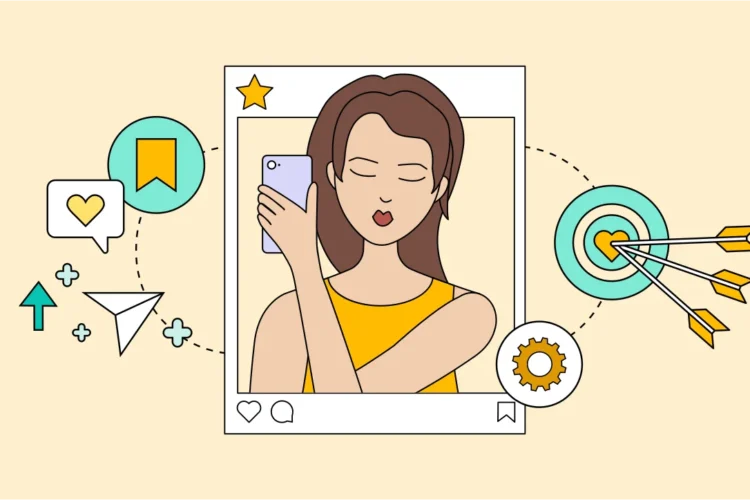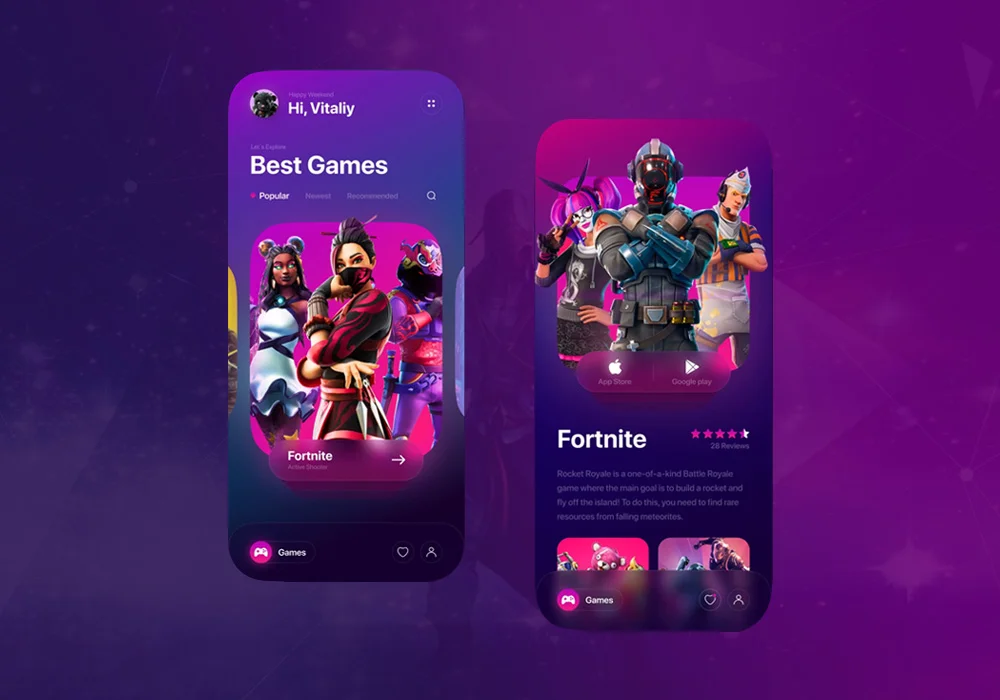Introduction
In the recent past, artificial intelligence has been a disruptor of industries; therefore, it fosters giant strides in technology and automation. One of the most interesting outcomes of this revolution is virtual influencers—digitally created entities that make use of computer-generated technology to mimic human-like interactions. Lately, as the rise of these entities in a virtual world and their huge effects on media and marketing are fast growing, this is increasingly offering a series of fresh opportunities and challenges for practitioners in the industry.
Understanding Virtual Influencers
Virtual influencers are AI-driven personae or personas that simulate the human being’s behavior, emotions, and interactions toward others. Such artificial characters are developed using sophisticated computer graphics, machine learning, and data analytics that render the content highly lifelike and interactive. For example, there are famous accounts of Lil Miquela, who has several millions of followers on Instagram, and other virtual models, like Shudu, who once walked with major fashion houses. While this differs from classical influencers, virtual influencers are completely manipulatable by the companies that create them, including having a designed appearance and messaging, as well as freedom from human inconsistencies.
The Advantages of Virtual Influencers in Marketing
Virtual influencers offer quite a few advantages over their human counterparts. This, from a marketing perspective, provides control like never before over the brand image and the narrative around it. Through this mechanism, companies can control everything from the personality of the influencer to all the replies, ensuring brand alignment and a seamless brand experience. And, of course, they don’t have physical limitations or any kind of problem that a person might have on a personal level, so they are out there 24/7 for the marketing campaign, product launch, or interacting with customers, which means it is a great feature in terms of scalability and reach.
Another major benefit is cost-effective. Although creating and developing the virtual influencer might be a costly affair initially, in the long run, it generally costs much less than traditional celebrity endorsements. Virtual influencers do not incur logistic expenses, such as travel, accommodation, and others; it also does not attract overhead costs, making it very convenient to conduct a campaign.
Challenges and Ethical Considerations
Not all that glitters is gold, though, and virtual influencers are plagued with a long list of ethical issues. Most relevant, however, are the ones concerned with the way these AI entities will be perceived by the public. First and foremost, there are issues with authenticity and transparency, since consumers may feel that they are being deceived if the artificial nature of the influencer is not unveiled. The skepticism and possible breaking of trust is something undesirable when it comes to building relationships with consumers. Misinformation potential is also higher with virtual influencers. Since their fabricated content can be so realistic, the people who create them could end up using this capacity to distribute false information, opinion manipulation, or public mind manipulation, which can have very great risks in both ethics and credibility.
Virtual Influencers and Content Creation
Possibly the largest impact of virtual influencers will be on content creation. They not only reshape the different types of content that could be produced but also how they are produced. For example, the need for knowing how to make AI videos has become more important for marketers and content creators, as this allows them to create good and engaging content with minimal human intervention. AI tools in video production automate scriptwriting and editing up to the level of post-production, streamlining the creation process and supporting a more personalized and targeted approach.
Virtual influencers can also interact with audiences in real time, react instantly to trends, and even personalize interactions far beyond the reach of a human influencer. By delving deep into the analysis, AI conducts this cross-wide data within no time and accurately, helping virtual influencers remain highly relevant and high-touch.
Conclusion
Virtual influencers represent a new wave of change in the media and marketing industries. This AI-driven evolution harbors further new and more unimaginable opportunities in innovating brand engagement, content creation, and customer interaction. But it will also bring challenges and ethical considerations to be carefully managed, as always is the case with any revolutionary technology. With the growing AI influence in shaping the future of digital marketing and media strategies, it provides a landscape driven more than ever before by technological sophistication and digital interactivity.




0 Comments